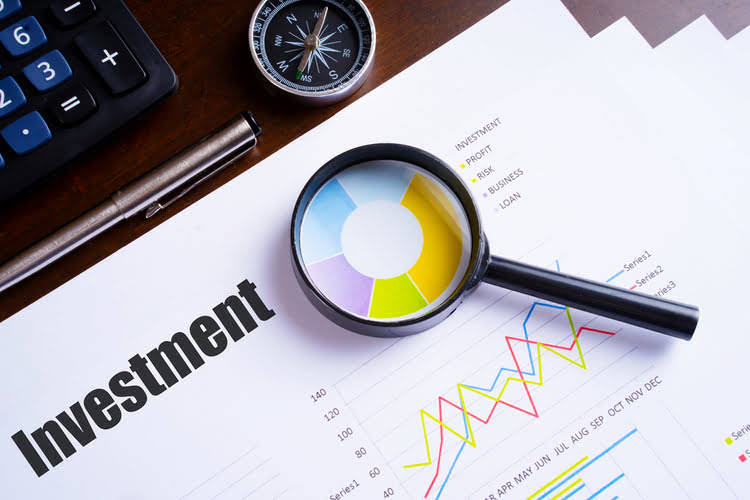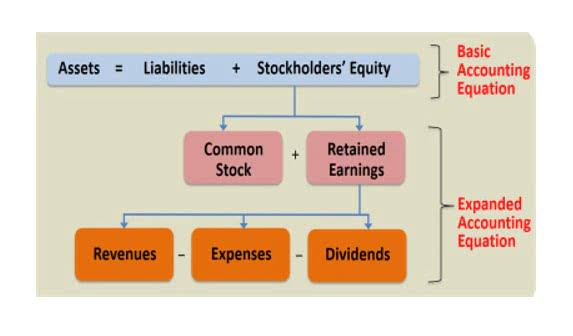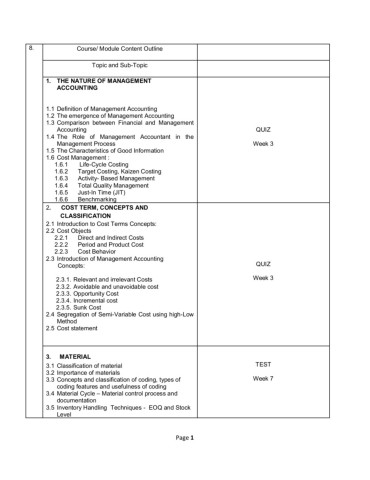This equation will tell you how many times the inventory was turned over in the time period. The information for this equation is available on the income statement (COGS) and the balance sheet (average inventory). What counts as a “good” inventory turnover ratio will depend on the benchmark for a given can accountants achieve a work industry.
Practical Example of Inventory Turnover Ratio
Once we have that information, we add the costs together and divide them by 2 for a total of $1300. Creditors are particularly interested in this because inventory is often put up as collateral for loans. Someone on our team will connect you with a financial professional in our network holding the correct designation and expertise.
As you can see, you can make specific business decisions to move the products more efficiently. You can put them on sale, order more contemporary products and lower the inventory you carry so that you aren’t waiting on sales and have your cash flow hampered. You can draw some conclusions from our examples that will help your business plan.
What is inventory?
Our mission is to empower readers with the most factual and reliable financial information possible to help them make informed decisions for their individual needs. Our writing and editorial staff are a team of experts holding advanced financial designations and have written for most major financial media publications. Our work has been directly cited by organizations including Entrepreneur, Business Insider, Investopedia, Forbes, CNBC, and many others. Our goal is to deliver the most understandable and comprehensive explanations of financial topics using simple writing complemented by helpful graphics and animation videos.
Turnover Days in Financial Modeling
Inventory turnover is an especially important piece of data for maximizing efficiency in the sale of perishable and other time-sensitive goods. An overabundance of cashmere sweaters, for instance, may lead to unsold inventory and lost profits, especially as seasons change and retailers restock accordingly. A high inventory turnover ratio, on the other hand, suggests strong sales. As problems go, ensuring a company has sufficient inventory to support strong sales is a better one to have than needing to scale down inventory because business is lagging.
- Management should further explore the cause; it may be due to more efficient processes, or it may be due to more demand for the products it offers.
- If you’re not selling your stock, you’re not bringing in revenue to cover your operating costs, turn a profit and—crucially—buy new stock.
- The inventory turnover ratio is closely tied to the days inventory outstanding (DIO) metric, which measures the number of days needed by a company to sell off its inventory in its entirety.
Analysts use COGS instead of sales in the formula for inventory turnover because inventory is typically valued at cost, whereas the sales figure includes the company’s markup. Some companies may use sales instead of COGS in the calculation, which would tend to inflate the resulting ratio. Never forget that it is vital to compare companies in the same industry category. A company that sells cell phones what is useful life in accounting obviously will not have an inventory turnover ratio that is meaningful compared to a company that sells airplanes.
Average inventory is the average cost of a set of goods during two or more specified time periods. It takes into account the beginning inventory balance at the start of the fiscal year plus the ending inventory balance of the same year. Inventory turnover can be compared to historical turnover ratios, planned ratios, and industry averages to assess competitiveness and intra-industry performance. Of course, you do not need to memorize these formulas like in school because you have our beloved Omni inventory turnover calculator on your left. On the Accounting side, we consider inventory as a current asset recorded on the balance sheet. It has a high degree of liquidity, meaning that we expect it to be converted into cash in a short period of time (less than one year).
All of our content is based on objective analysis, and the opinions are our own. Companies need to factor in these seasonal shifts to more accurately interpret their turnover rates. Ignoring these costs can lead to less-than-ideal decision-making and impact overall profitability.
A large value for inventory days means that the company spends a lot of time rotating its products, thus taking more time to convert them into cash to sustain operations. Conversely, if a company needs fewer days to get rid of its inventory, it will be in a better financial position since the cash inflows will be more robust. Inventory turnover shows how many times the inventory, on an average basis, was sold and registered as such during the analyzed period. On the other hand, inventory days show the investor how many days it took to sell the average amount of its inventory.
Analyze past sales patterns and demand forecasts product-by-product to determine optimal base stock levels, reorder points, and order quantities. Replenish top-selling items more frequently in smaller batches to keep up with demand. For slower items, replenish less often in larger batches up to a set stock level. Get instant access to video lessons taught by experienced investment bankers. Learn financial statement modeling, DCF, M&A, LBO, Comps and Excel shortcuts.
Long lead times can hinder the replenishment of inventory, affecting the turnover rate. Additionally, disruptions in supplier relationships or supply chain issues can result in stockouts or overstock situations, directly impacting the ITR. Average Inventory is the mean value of the inventory during a specific period, typically calculated by adding the beginning and ending inventory for a period and dividing by two.
Generally speaking, a low inventory turnover ratio means the product is not flying off the shelf, so demand for the product may be low. The Inventory Turnover Rate (ITR) is an essential metric that shows how quickly a company sells and restocks its inventory. It provides valuable insights into the frequency of inventory turnover, helping shape strategies around purchasing, production, and sales. This ratio is important because total turnover depends on two main components of performance. If larger amounts of inventory are purchased during the year, the company will have to sell greater amounts of inventory to improve its turnover.
















